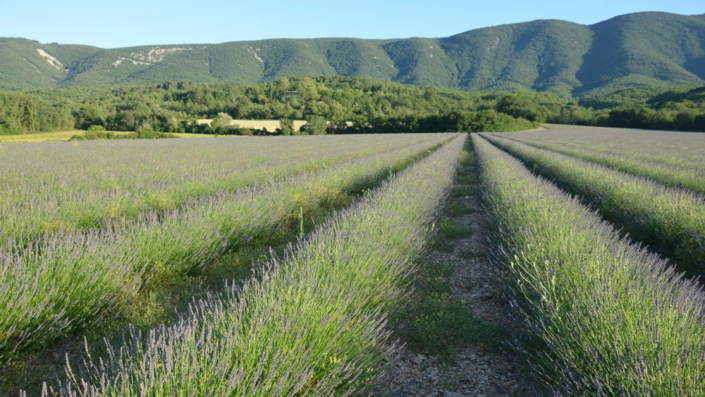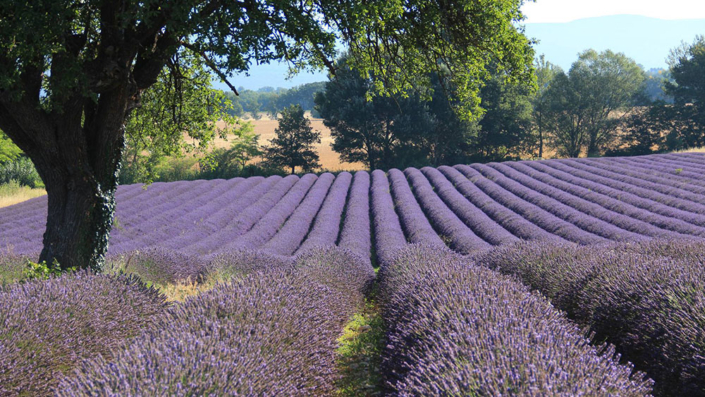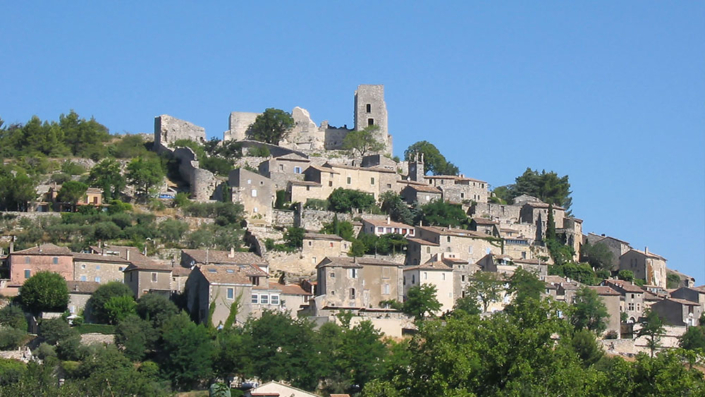Cereste is located at the foot of the Grand Luberon at 370 meters above sea level.
Several places to eat and get supplies.
Shopkeepers and restaurants: Le Carluc traditional inn, L’Etoile du Ceres’thym chez Mous, A bar with fast food and pizzas, a butcher caterer, a grocery store, an artisanal biscuit factory, two hairdressers, a pharmacy, a medical center, a post office, supermarket with gas station, a “Coté nature” boutique offering local products, minerals and souvenirs.
An aerodrome 2 km from Saint Martin de Castillon “Club du pays d’apt”
Located in Quinson where they have the largest prehistoric museum in Europe, world-renowned architect Sir Norman Foster was commissioned to design this museum to host part of the outstanding collection.
In Aix-en-Provence is an historic centre and museums, famous as home to Paul Cézanne(1839 -1906 in Aix-en-Provence) French artist, precursor of the Post-Impressionists.
In 1824 François-Marius Granet, curator at the Louvre and later director of the Museum of French History at Versailles, bequeathed his own collection to the town of Aix, which is now housed in the Musée Granet.
The Vasarely Foundation is a museum in Aix en Provence, dedicated to the famous works of Victor Vasarely. Hôtel de Caumont (1745) underwent extensive refurbishing and reopened to the public in 2015 as a cultural space and exhibit.
It can be followed through Luberon, Ventoux, Lure and the Valensole plateau in June and July. Lavender has coloured the high plains and brought prosperity and fresh scent to villages life since the Middle Ages.
Created when Provence was once covered by the sea. These sediments with fascinating hues, variations of red, yellow and orange, will offer you a colourful walk in a fiery landscape shaped by quarries and erosion. Roussillon overlooks the first quarries carved out over two centuries ago.
Immerse yourself in the picturesque and medieval architecture of Provencal villages, with narrow stone streets, their ruins and castles, churches and their shaded squares in Viens, Gordes, Ménerbes, Bonnieux, Lacoste and typical Simiane-la-Rotonde.
These villages in the Alpes de Haute Provence will give you another glimpse of the richness of this region.
“Terroir” is the characteristic taste and flavor imparted by the environment where wine and cheeses are created. Banon cheeses, made in the region around the town of Banon in Provence, are a fine example of the “terroir” with the cheese they make from goat’s milk, then wrap them in chestnut leaves.
In the South,the “Baux de Provence”, Arles, the Camargue or even Marseille and Cassis are linked by the creeks.




























